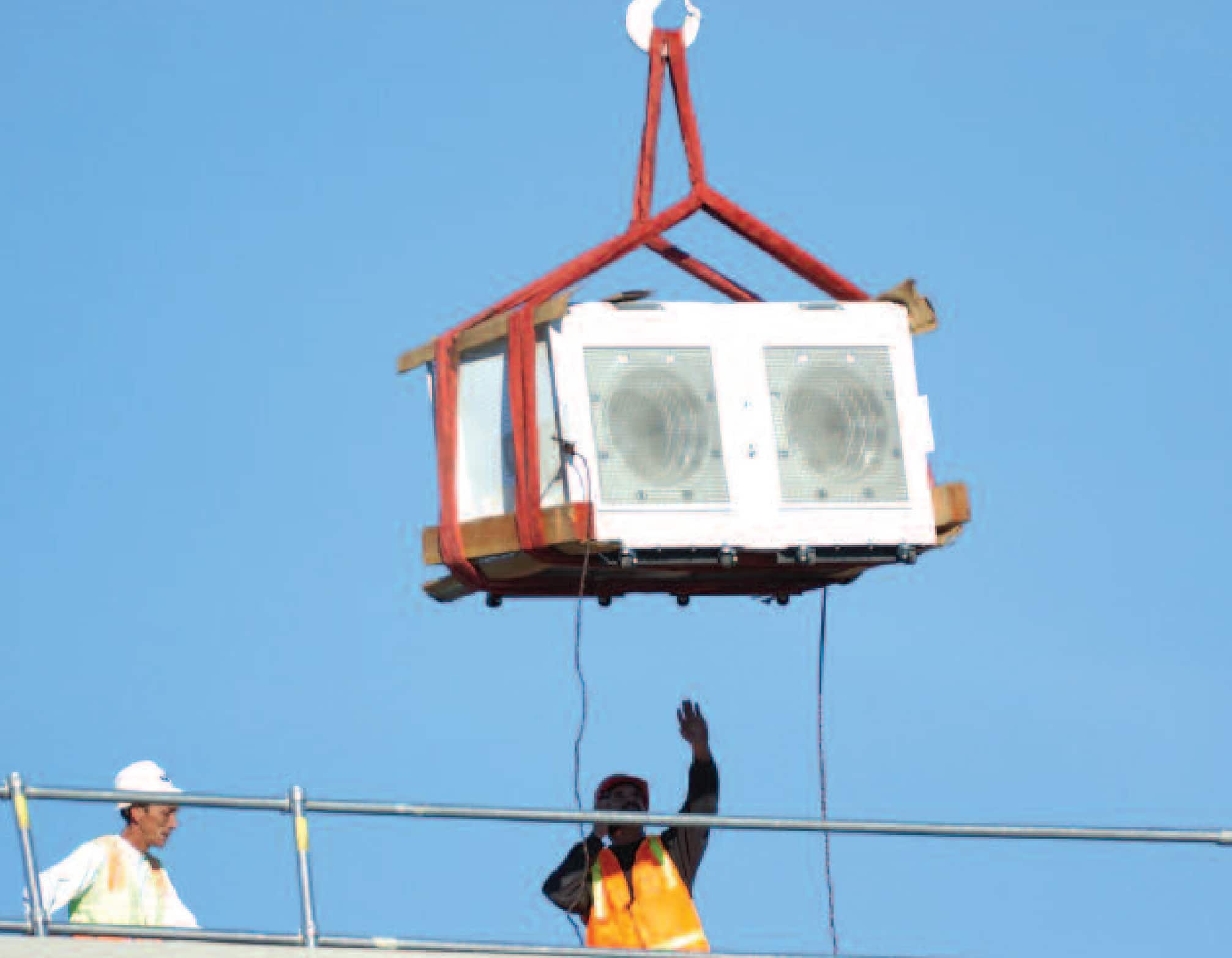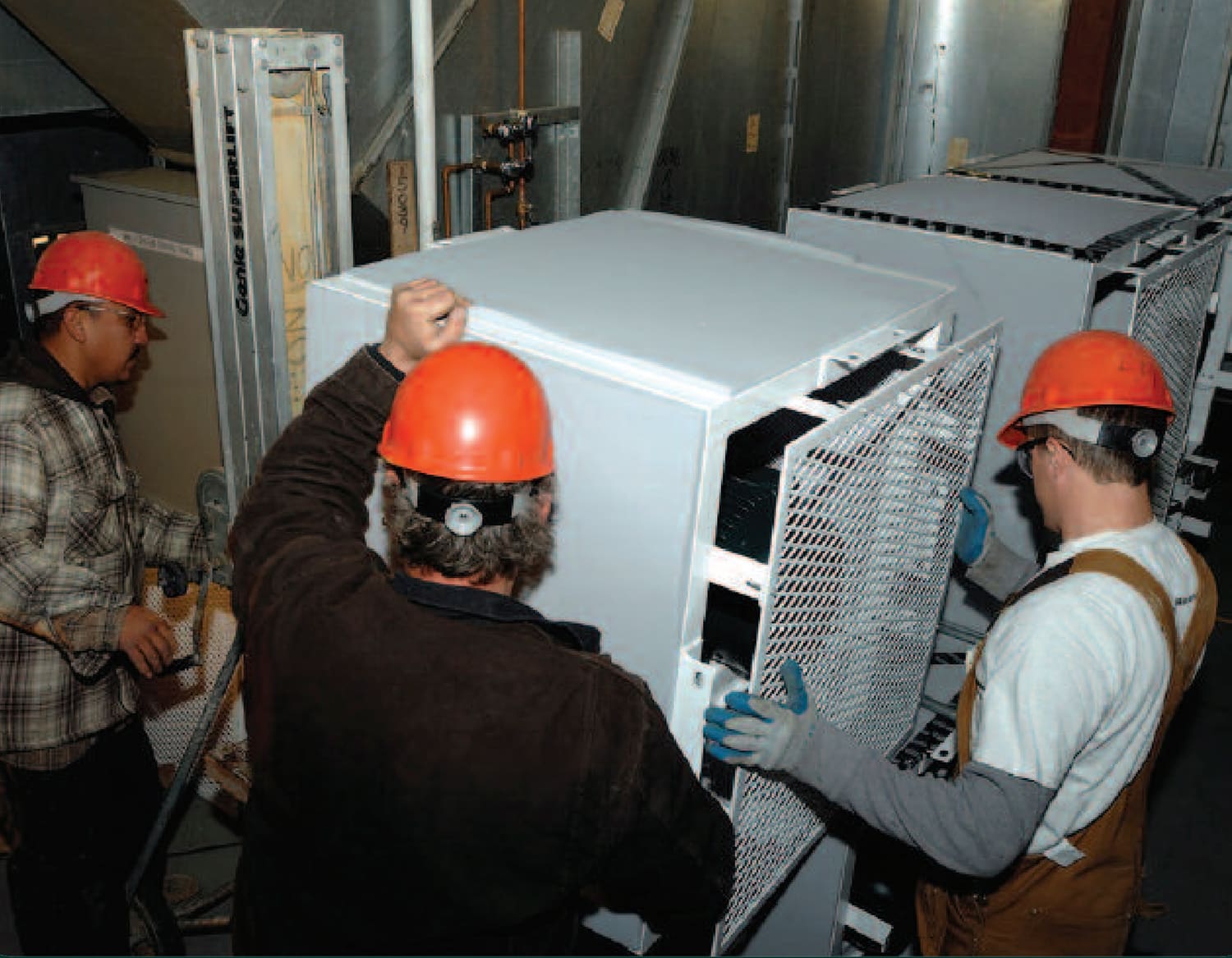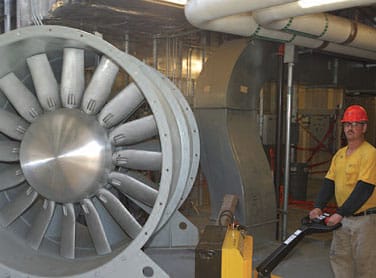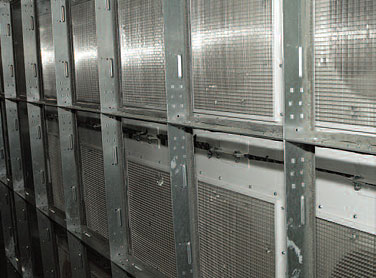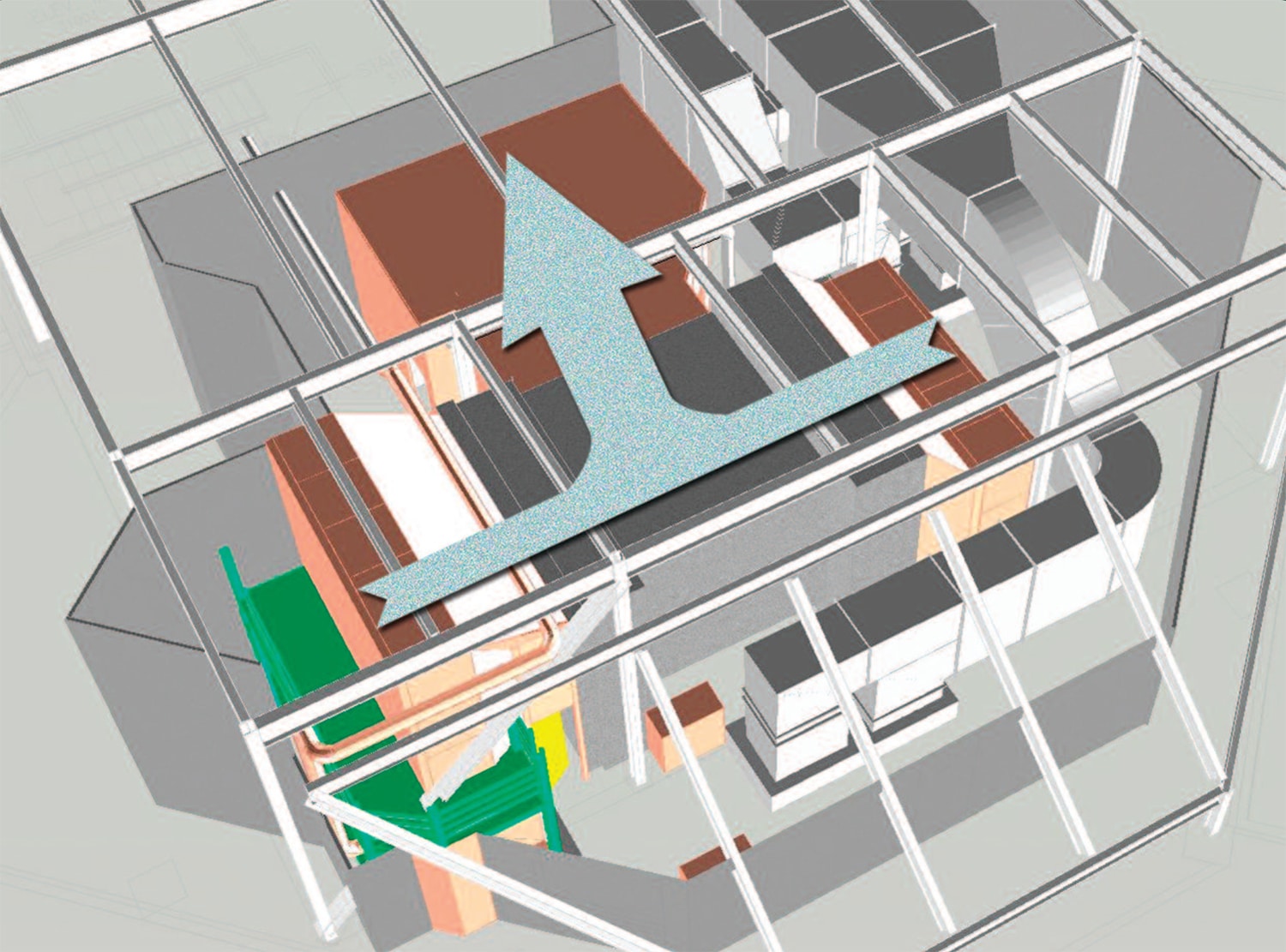Sutter Roseville Medical Center
Hospital Improves System Reliability and Reduces Energy Use 43% with FANWALL TECHNOLOGY®
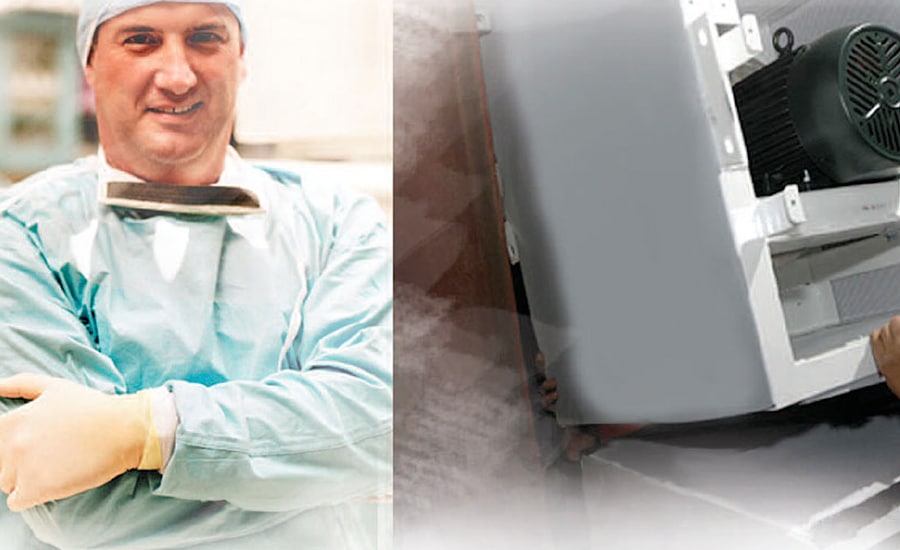
At A Glance
It’s a hospital facility engineer’s nightmare: All of the patient rooms and many key surgical suites of a healthcare building are served by a single vaneaxial fan. That fan and its drive motor are in a penthouse structure. Consulting engineers estimate it would take up to a week or more to remove and replace them in the event of a motor failure. Such an event would shut down the medical center.
That’s what worried Rick Barney, Project Supervisor at Sutter Roseville Medical Center in Roseville, California. What happened next is a blueprint for vastly improving airside plant reliability, while keeping the required air handler in service.
The Roseville facility is a unit of the Sutter Health organization, a family of physician organizations, not-for-profit hospitals, and other healthcare service providers serving more than 100 communities in Northern California. The Sutter Roseville Medical Center is a modern, 350,000 sq. ft. facility that provides a wide range of medical and surgical services to the Roseville area, northeast of Sacramento. The facility has continued to grow with increasing demand for healthcare services in its region.
“We were able to remove the custom sound traps, operate at a higher airflow rate and static pressure, and still see a reduction of 35 hp in fan horsepower."
Equipment
Two Banks of Fans
The system as designed included two banks of FANWALL units, each in a five-wide by three-high fan array configuration. “This made the most sense for the space we had to work in,” says Karpinen. The Frank M. Booth team fabricated and assembled the platform in their shop to keep field welding to a minimum. The support platform was then reassembled in place to hold the FANWALL arrays. They also performed extensive redesign of ductwork and plenum walls and planned relocation of piping to accommodate the new system.
Work on the project began in April, 2008, and was largely complete by July, though individual room air rebalancing continued for several months afterward. Barney mentions that the overall lead on the project was taken by Brad Emery of Frank M. Booth Company. Barney says, “He did a terrific job coordinating the field project.”
Barney adds that others involved in the project included Vince Clephane and the crew from Unger Construction and Tim Frees and the team from Rex Moore Electric. “It was a complex project, and timing was critical. I was very impressed how everyone worked together on this. I also need to mention Nortek Air Solutions’ design team in Portland. They were intimately involved in the design and in achieving the critical delivery dates.”
KEY POINTS
- FANWALL arrays were used to replace an aging vaneaxial fan in the Sutter Roseville Medical Center, improving system reliability and efficiency while reducing energy use.
- The project was completed without interrupting airflow to the hospital. The arrays were moved into place and installed one unit at a time while the original fan stayed in service.
- The project resulted in significant energy savings, system reliability, and greater fan capacity for future expansion.
